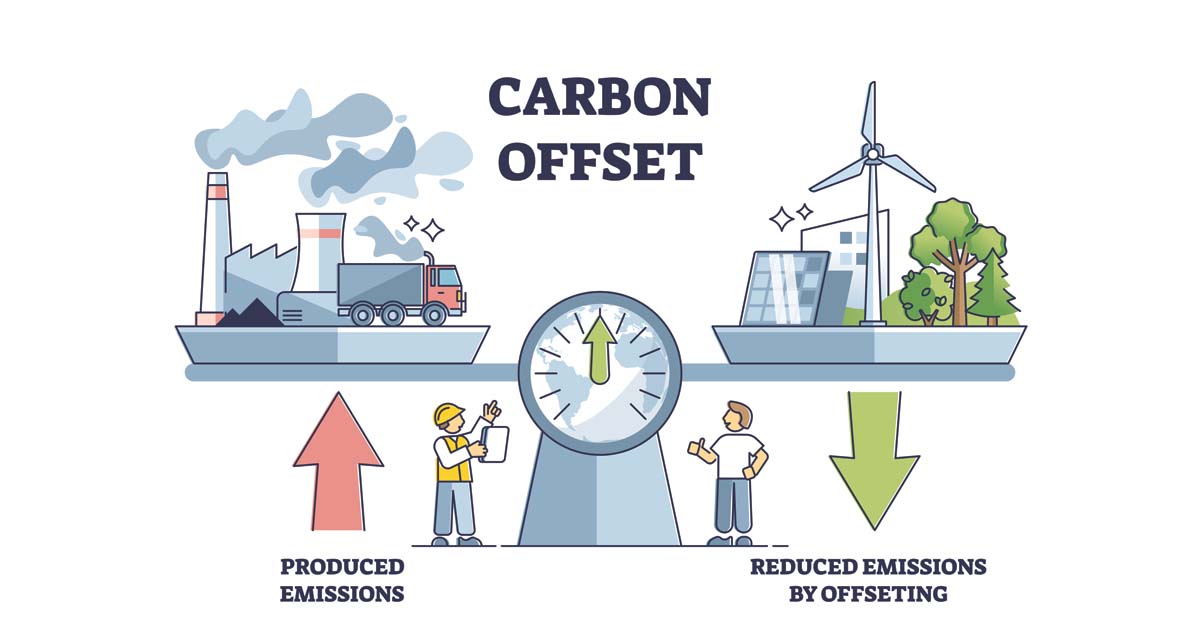Companies using offsets to reduce carbon emissions and claim cuts in their greenhouse gas footprints will have to comply with stringent criteria under new guidelines for the voluntary carbon market.
Participating businesses will be able to claim “platinum”, “gold” or “silver” status for their voluntary carbon reductions under new rules, but the guidelines applying to each level are linked to emissions reduction targets and will become tighter over time.
Separately, federal Environment Minister Tanya Plibersek announced a full audit of environmental offsets, being a separate category of non-carbon offsets that are often required for approvals of major projects that clear land and reduce biodiversity.
The Voluntary Carbon Market Integrity Initiative, a global NGO formed in 2021 to bring more rigour to the market, issued the new guidelines on Thursday for companies claiming to have invested in greenhouse gas emissions reductions and removals “above and beyond corporate action to meet their science-aligned [mandatory] targets”.
The guidelines for voluntary carbon reductions have been developed over 12 months by the VCMI.
Carbon offsets have come under sustained attack from experts who claim many schemes fail to bring about material additional carbon cuts and should not be counted towards either mandatory or voluntary climate targets.
Voluntary offsets are used by airlines such as Qantas and Virgin, cruise lines, NAB, AGL, Boral and MJ Bale. They are separate from the mandatory cuts required under the Safeguard Mechanism for the heaviest emitters.
To earn a VCMI gold rating, a company must be on track to achieve its next interim target for scopes 1, 2 and 3 emissions through reductions in its own value chain, and have covered 100 per cent of its remaining unabated emissions by purchasing and retiring high-quality carbon credits.
A VCMI silver rating requires a company to be on track to meet its next interim target for Scopes 1, 2, and 3 through emissions reductions within its value chain and have covered at least 20 percent of all remaining unabated emissions through the purchase and retirement of high-quality carbon credits, increasing over time.
VCMI bronze allows up to half a company’s next target for scope 3 emissions to be offset by carbon credits.
Last week, Australian National University professor Andrew Macintosh launched the latest in a series of scathing critiques finding that the most popular ACCU schemes yielded little or no increased vegetation or carbon abatement.
Professor Macintosh is the architect of the Emissions Reduction Fund scheme under which Australian Carbon Credit Units – government credits used for both mandatory and voluntary abatement – are issued.
In August, the Climate Change authority warned that the voluntary market for carbon credits was “largely remote from the high-quality, transparent emissions measurement systems that countries use in their national emissions inventories”. The Australia Institute, a left-leaning think tank, has also criticised the offsets market.
Kurt Winter, acting CEO of the Carbon Market Institute, a lobby for carbon market participants and users, said it welcomed the VCMI initiative and “strongly supports the VCMI’s goal of ensuring that voluntary carbon markets make a significant and meaningful contribution to climate action and sustainable development”.
He pointed to a report by former chief scientist Ian Chubb, which found the carbon offset market was “essentially sound” but recommended changes to improve transparency and governance and expand the range of data available in response to the criticisms of the market.
Ms Plibersek said in a statement: “Approval holders should consider themselves on notice – deliver on your obligations for nature, or face penalties. Work will begin immediately. Companies should check their house is in order and come forward to discuss any issues before the department comes knocking.”

